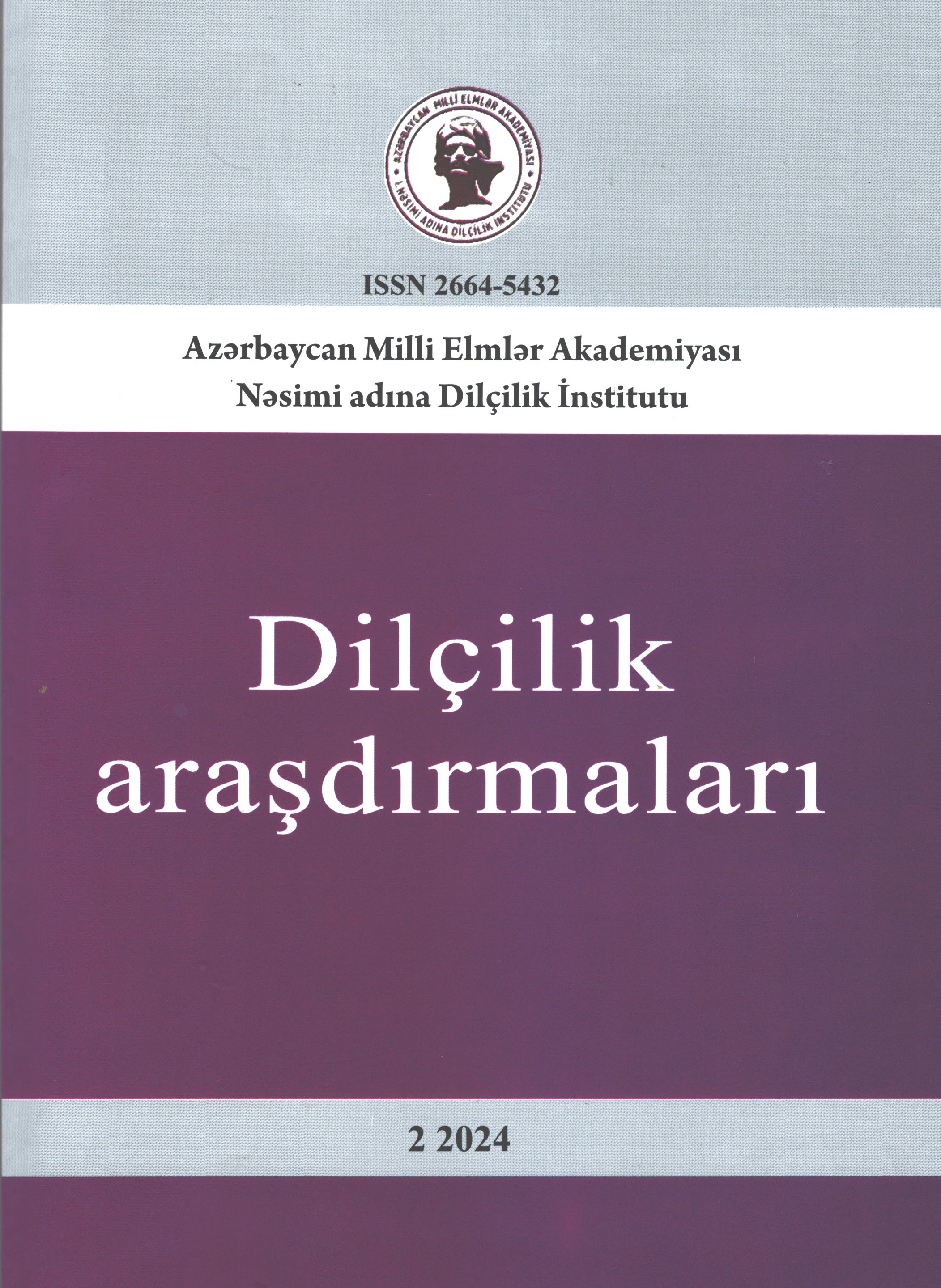THE ROLE OF CLASSICAL APPROACHES IN THE FORMATION OF ENGLISH GRAMMAR
Keywords:
classical grammars, morphology, syntax, classification, taxonomy, parts of speechAbstract
In the 19th century, under the existing historical conditions, the increase in interest in the English language throughout the world completely changed the situation regarding the interpretation of the grammar of this language. Not only English, but also German, Danish, etc. linguists were also interested in writing works reflecting English grammar. Since everyone wants to master the English language quickly, the search for the most convenient grammar has led the authors to analyze the works of their predecessors more carefully when proposing their own approach, and to try to avoid the "mistakes" they made.
Before the classical English grammars, authors formulated rules reflecting the regularities of English grammar and required speakers or learners to follow them, in short, they preferred a prescriptive approach. Therefore, seeing the ineffectiveness of such an approach, the grammarians of the classical period began to look at the issue from a new window. The authors analyzed the language used by the speakers, determined the structures that conformed to the grammatical rules or did not, studied their scientific basis and tried to design their grammar accordingly. For this reason, the most obvious feature that characterizes the classical period of the history of English grammars is their "scientific" character. Authors such as Noah Webster, William Cobbett, William Chauncey Fowler, and Henry Sweet, who prefer to describe English grammar from a descriptive point of view while writing their works, made many contributions to the history of both morphological and syntactic ideas. Consequently, they caused the classical period to become a turning point in the formation of English grammar.

